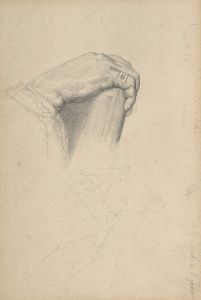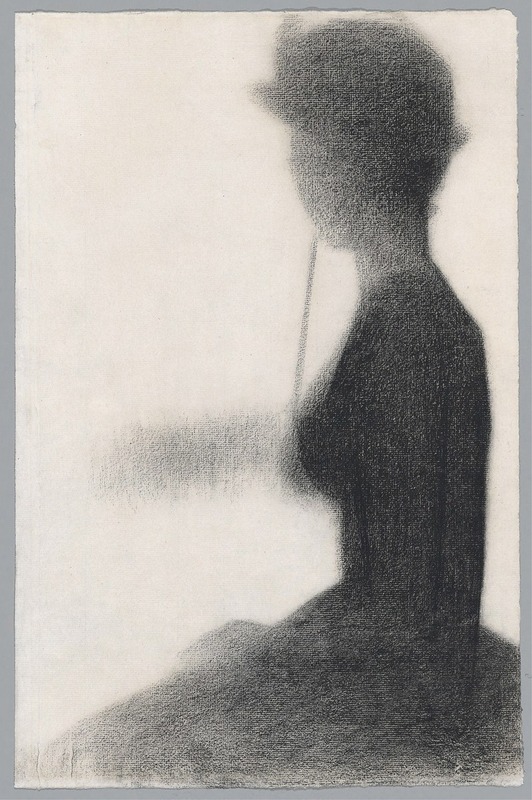
Seated Woman with a Parasol
A hand-painted replica of Georges Seurat’s masterpiece Seated Woman with a Parasol, meticulously crafted by professional artists to capture the true essence of the original. Each piece is created with museum-quality canvas and rare mineral pigments, carefully painted by experienced artists with delicate brushstrokes and rich, layered colors to perfectly recreate the texture of the original artwork. Unlike machine-printed reproductions, this hand-painted version brings the painting to life, infused with the artist’s emotions and skill in every stroke. Whether for personal collection or home decoration, it instantly elevates the artistic atmosphere of any space.
"Seated Woman with a Parasol" is a painting by the renowned French artist Georges Seurat, who is best known for pioneering the technique known as Pointillism. This artwork is a testament to Seurat's innovative approach to painting and his meticulous attention to detail.
Georges Seurat was born on December 2, 1859, in Paris, France. He studied at the École des Beaux-Arts in Paris, where he was influenced by the classical training he received. However, Seurat soon became interested in exploring new artistic techniques and theories, particularly those related to color and optics. This interest led him to develop Pointillism, a technique that involves applying small, distinct dots of color to a canvas, which blend together when viewed from a distance to create a cohesive image.
"Seated Woman with a Parasol" exemplifies Seurat's Pointillist technique. The painting depicts a woman seated in a relaxed pose, holding a parasol. The use of light and shadow in the painting demonstrates Seurat's understanding of color theory and his ability to manipulate color to create depth and dimension. The parasol, a common accessory in the 19th century, adds an element of elegance and leisure to the scene, suggesting a moment of tranquility and repose.
Seurat's work is often associated with the Neo-Impressionist movement, which sought to bring a scientific approach to the study of color and light in painting. This movement was characterized by its emphasis on the optical effects of color and the use of small brushstrokes or dots to build up the surface of the painting. "Seated Woman with a Parasol" is a prime example of this approach, showcasing Seurat's skill in creating a harmonious composition through the careful placement of color.
The painting reflects the social and cultural context of late 19th-century France, a period marked by rapid industrialization and urbanization. The depiction of a leisurely scene in a natural setting contrasts with the bustling city life that was becoming increasingly prevalent during this time. This juxtaposition highlights the tension between modernity and tradition, a theme that is often explored in Seurat's work.
Seurat's innovative techniques and his contributions to the art world have left a lasting legacy. His work has influenced countless artists and continues to be studied and admired for its technical precision and artistic vision. "Seated Woman with a Parasol" remains an important piece within Seurat's oeuvre, exemplifying his mastery of Pointillism and his ability to capture the subtleties of light and color.
While specific details about the painting's creation, such as its exact date and current location, may not be widely documented, "Seated Woman with a Parasol" remains a significant work that reflects Seurat's artistic philosophy and his impact on the development of modern art. Through his innovative use of color and form, Seurat has secured his place as a pivotal figure in the history of art.





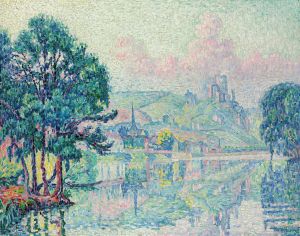

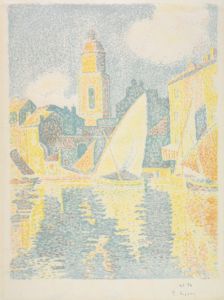

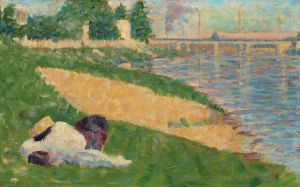

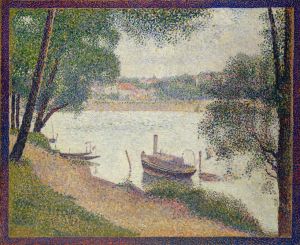

![Foal [also called ‘The Colt’]](/imgs/249760/s/georges-seurat-foal-also-called-the-colt-c93c99f3.jpg)

